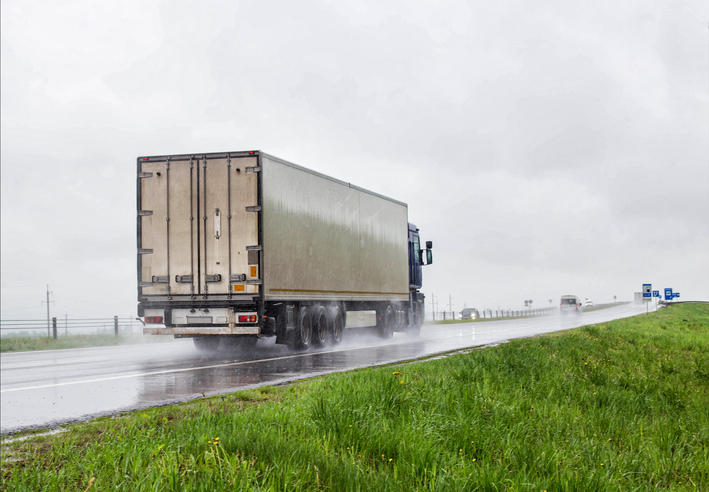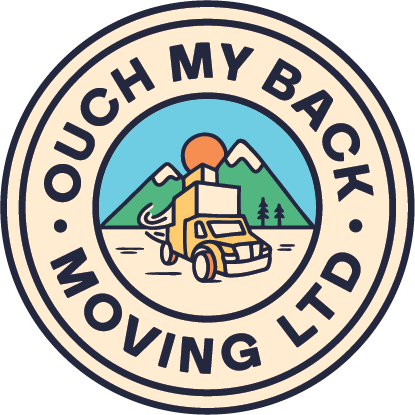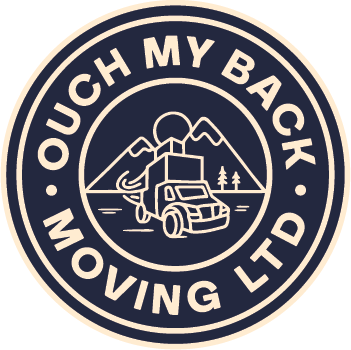When a move takes place, many things can go wrong. Movers can be late, a room was left unpacked, or bad weather. While these are inconvenient and can keep you from moving, bad weather holds the most issues. Bad weather can set you back as far as time and can be dangerous. You and the movers may be moving heavy or fragile items, and because of bad weather, someone can slip, hurting themselves or the items inside the boxes. It’s essential to always plan for bad weather because weather reports are not always accurate. Bad weather can come up at any time, so it’s necessary to have a plan and various tips for moving to ensure you, the workers, and your items are not in danger and the move can continue as normal.
Essential Tips for Moving in Bad Weather

Below, we will look at some tips on how to move in bad weather.
Use Additional Wrap Paper for All Items
There may already be plastic wrap on some items, like furniture, regardless of the weather, but you should have extra wrapping because if it rains, you must put plastic wrap across all items, including boxes. While the items inside the boxes may be safe from the rain, most boxes will not be able to withstand rain. If the boxes sit in the rain too long, they could crumble, causing the items to spill out, or the water on the outside could drip into the inside and cause damage to the item. So invest in wrapping as a protective measure for the boxes.
Have Protective Weather Gear
You, the boxes, and the materials need protection during the move. Always have weather gear on hand in case bad weather is on the way. If you know it will snow, have a coat or snow shoes to help you navigate the cold and the possible icy ground. If it rains, have rain shoes and an umbrella. But you can also invest in other items above personal protection items. You can invest in items like a tent to shield your items from bad weather as you take them to the truck. Anything you believe will protect you and the items scheduled to be moved in anticipation of bad weather should be bought and kept on hand.
Pay Attention to Weather Reports
As the intro mentions, weather reports are not always accurate but provide a good basis. It’s always important to be ahead of any bad weather. Even if this reporter’s predictions are wrong, it does not hurt to be cautious and acquire the necessary materials. Most materials, like plastic wrap, could easily be used for another task. So, always pay attention to weather reports.
Place the Moving Vehicle and Materials as Close Together as Possible
The distance between the truck and the boxes during good weather does not usually matter. But during bad weather, you want them to be as close together as possible to lessen their exposure to bad weather. If you have a garage, you could place the items in the garage and have the truck back up directly in front of the garage. If you do not have a garage, you could set the truck closer to the front door and move the items from inside the house. Or put the items under a tent and have the truck back up close to the tent.
Try Waiting for a Break
Bad weather rarely lasts all day. There may be a brief window during bad weather when you can quickly load everything on the truck. You can replicate the same process when you arrive at the new residence. This may lead to a longer load and unload time, but in the end, you want to ensure your safety, that of the crew, and your items.
Buy Alternative Packing Items
While boxes may be the primary item people use for packing, they are not the only items available. Often, it will cost a little more money, but if you see a forecast for bad weather, you should invest in alternative packing material. There are waterproof packing containers that could additionally protect your item from other hazardous weather. That is why you must review weather reports to ensure you have time to invest in suitable materials.
Get to the New Residence Ahead of Time and Prepare
Getting items on the moving truck under bad weather is one part of the challenge, but the challenge is not yet over. You must get the same items off the truck and into the new residence. You still want to protect the items from the bad weather as you go into the new residence, so the best way is to get ahead of the moving truck and give yourself time to prepare. Some of the same steps for loading the truck apply when unloading the truck. You prepare the tents for the truck’s arrival, place mats or rugs for people to walk on to avoid slips, clear driveways of snow, etc.
Speak with the Movers
The movers of Ouch My Back Moving Company most likely have experience in loading and unloading a truck in bad weather. On the day of the move, they can provide further guidance on avoiding incidents or may have their system to ensure their safety and that of the packages. They can explain their system to you and reassure you they can handle your items, or you could provide input into their system to help improve their plan.
Another step you could take is to call the moving company ahead of time to see what they can recommend. They can provide you with information on packing materials to acquire or help formulate a plan so that once the movers arrive, you and them both know what needs to get done.
Inspect the Moving Vehicle
You want to ensure that the bad weather on the outside does not find its way to the inside of the moving vehicle. Days before moving day, inspect the vehicle for any possible leaks or damage that could cause your packed items to be exposed to the elements. If you are using a moving company, you can call them to double-check that they have taken the necessary precautions to make sure the trucks are good to go. But you can still check the vehicle on the day of the move to ensure nothing is wrong before placing items inside.
Conclusion
Moving can be one of the most challenging experiences someone has to go through in life. That difficult experience doubles once bad weather is in the forecast. Moving is transporting your most valuable items from one place to another, so you do not want them damaged. It’s important to stay alert by assessing the tips of moving and watching the weather forecast, but it’s also essential to have gear on hand if something comes up. The worst thing is bad weather on a moving day with no plan. You have to buy certain items and move strategically to ensure that your most valuable items remain intact, whether it’s raining, snowing, or a hail storm is happening.


